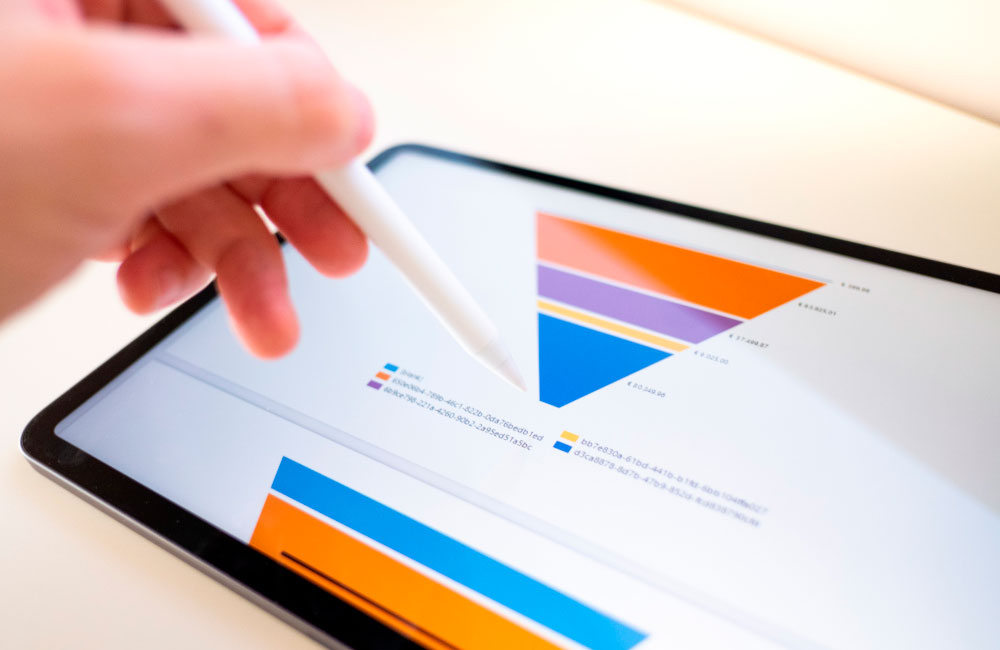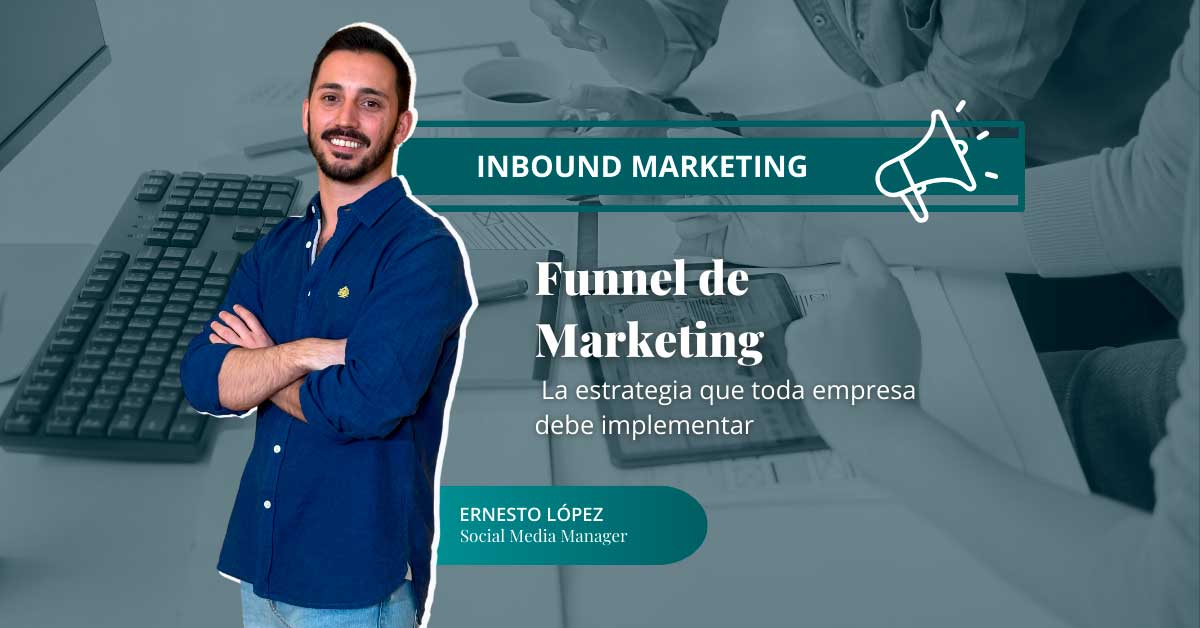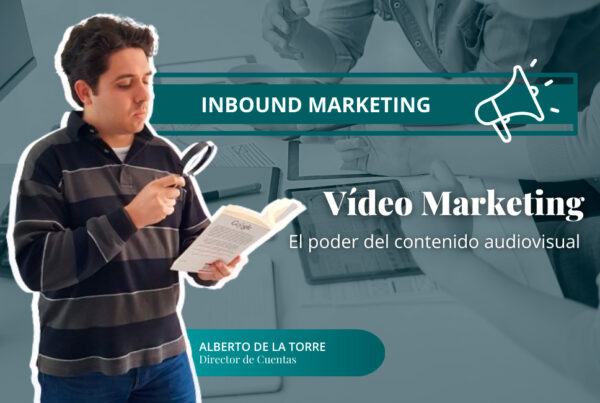If you are interested in improving your company’s performance and increasing the chances of success for your sales team, it is important to understand the concept of marketing funnel and its importance in the business world. In this article, we will explain what it is and how its implementation can be essential to boost your brand’s profitability.
What is a Marketing Funnel?
A funnel, or more commonly known in Spanish as an embudo de marketing, is the process a marketing team follows from launching an action to generating a business opportunity. At this point, the lead or contact is handed over to the sales department. In other words, this is a funnel that sits physically above the sales funnel.
It is important to highlight that while a marketing funnel and a sales funnel are not the same, they complement each other very well. The similarity between them lies in the fact that to fill the top of the funnel, a wide variety of combined marketing and advertising techniques are used. The difference is that when we only have a sales funnel, the type of leads we receive may not be well-qualified. Depending on the method used, leads can vary in qualification level, from highly ready-to-buy to less ready-to-buy.
Once we have carried out all marketing and advertising actions to capture potential business opportunities, the marketing funnel allows us to qualify these leads and classify them into groups based on their likelihood to purchase our product or service. This information is highly valuable for our sales team, as it can save them hours of unnecessary work.
Example of a Marketing Funnel
If you have an online business, you are probably already working on your marketing funnel, even if you don’t realize it. Some linear and traditional examples of a marketing funnel include:
- Blog articles found by users on search engines > CTA > landing page to download an ebook > conversion.
- Influencer post > landing page > conversion.
- Online advertising > landing page > conversion.
Although the marketing funnel may seem linear, not all users follow the same process and may have completely different purchasing experiences. While one user might discover your brand through your SEO-optimized articles and take months to decide to purchase, another might come through an online advertising campaign and convert into a customer immediately.
Differences Between Marketing Funnel and Sales Funnel
It is important to understand that when we talk about a funnel, we refer to different stages or levels that are analyzed to achieve specific objectives. Therefore, there are different types of funnels depending on the department analyzing them or the criteria used.
The sales funnel is the complete process a sales team follows from obtaining a qualified lead to converting it into a customer. This process includes multiple stages, such as initial contact, follow-up calls, and other forms of communication. One of the most crucial stages of the sales funnel is lead qualification, also known as lead scoring, where the sales team analyzes the client’s characteristics and interactions with the company to determine the likelihood of conversion.
What Are the Stages of a Marketing Funnel?
To understand the marketing process, it is necessary to know the three main stages of the funnel, which are:
- Top of the Funnel (TOFU)
- Middle of the Funnel (MOFU)
- Bottom of the Funnel (BOFU)
It is important to understand the user’s perspective to grasp the marketing funnel. Models like AIDA (Attention, Interest, Desire, Action) and others with more specific phases can be useful. Now, let’s focus on the previously mentioned stages:

TOFU
The top of the funnel refers to the initial attraction phase, where users start considering that they need a solution to their problem or need. During this period, users search for information about their needs but are not yet familiar with our products or services.
MOFU
In the middle stage, the user has decided that they need a product or service related to our brand to solve their problem. However, they need to evaluate various options, including competitors, and consider several factors before proceeding. This stage is crucial for converting users into leads, and thus, into business opportunities.
BOFU
Finally, at the bottom of the funnel, users have become qualified leads who mature until the moment of purchase. Many users may have dropped off along the way, but this allows us to identify those ready for final conversion. This is when the sales team’s strategies come into play.
At the end of the marketing funnel, the goal is to provide the sales team with a more mature business opportunity—one that is better prepared for purchase.
Advantages of a Marketing Funnel
By following the customer journey and measuring the marketing KPIs defined by each company, we obtain the information needed to understand how and why we attract customers and how to retain them. These insights are foundational for the growth of any business.
Here are the main advantages of properly implementing a marketing funnel:
- The first advantage is that the leads received by the sales team are highly qualified, ready to buy, and the sales team will face minimal difficulties closing deals. As a result, commercial costs decrease, sales effectiveness increases, and the cost of acquiring a customer decreases. Although there is an additional marketing cost to implement a new funnel, the commercial cost is minimized.
- Much of the qualification process (the most challenging part) is automated, which previously had to be done manually. Each salesperson had to qualify leads by phone or in person, which was time-consuming and exhausting. By creating a marketing funnel, much of this process is now automated.
Ultimately, although there may be an initial financial cost to implement the funnel, from a broader perspective, it helps reduce customer acquisition costs. In the end, it provides a consistent flow of new customers more efficiently.



